The grid scale-battery market is currently characterized by intense competition and rapid innovation, driven by the increasing demand for renewable energy integration and grid stability. Major players such as Tesla (US), LG Energy Solution (KR), and Fluence (US) are at the forefront, each adopting distinct strategies to enhance their market positioning. Tesla (US) continues to focus on vertical integration and technological advancements, particularly in battery chemistry and manufacturing processes, which allows for cost reductions and improved performance. Meanwhile, LG Energy Solution (KR) emphasizes strategic partnerships and joint ventures to expand its production capabilities and market reach, particularly in North America. Fluence (US) leverages its expertise in energy storage solutions to provide tailored services, enhancing its competitive edge in a market that increasingly values customization and flexibility.
The business tactics employed by these companies reflect a broader trend towards localization and supply chain optimization. The market structure appears moderately fragmented, with a mix of established players and emerging entrants. This fragmentation is influenced by the diverse applications of grid scale-battery systems, which range from utility-scale projects to commercial and industrial applications. The collective influence of key players is significant, as they not only drive technological advancements but also shape regulatory frameworks and market standards.
In October 2025, Tesla (US) announced the opening of a new Gigafactory in Texas, aimed at significantly increasing its battery production capacity. This strategic move is likely to enhance Tesla's ability to meet the growing demand for energy storage solutions, particularly in the context of expanding renewable energy projects across the US. The establishment of this facility underscores Tesla's commitment to maintaining its leadership position in the market through increased production efficiency and innovation.
In September 2025, LG Energy Solution (KR) entered into a partnership with a major US utility company to develop a large-scale energy storage project. This collaboration is expected to facilitate the deployment of advanced battery systems that can support grid stability and enhance renewable energy integration. The partnership not only strengthens LG's market presence but also aligns with the growing trend of utilities seeking reliable energy storage solutions to manage fluctuating energy supply and demand.
In August 2025, Fluence (US) launched a new software platform designed to optimize the performance of energy storage systems. This platform utilizes advanced analytics and AI to enhance operational efficiency and predictive maintenance. By integrating digital solutions into its offerings, Fluence positions itself as a leader in the digital transformation of the energy storage sector, catering to the increasing demand for smart grid technologies.
As of November 2025, the competitive landscape is increasingly defined by trends such as digitalization, sustainability, and AI integration. Strategic alliances are becoming more prevalent, as companies recognize the need to collaborate in order to innovate and meet evolving market demands. Looking ahead, competitive differentiation is likely to shift from price-based competition to a focus on technological innovation, reliability, and supply chain resilience. This evolution suggests that companies that prioritize R&D and strategic partnerships will be better positioned to thrive in the dynamic grid scale-battery market.


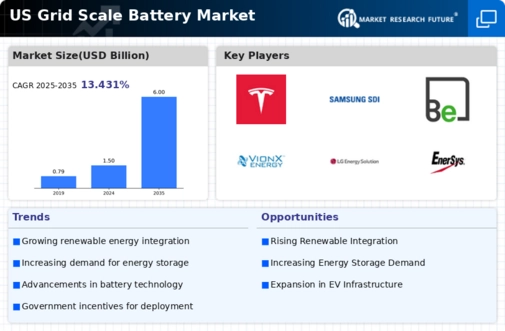

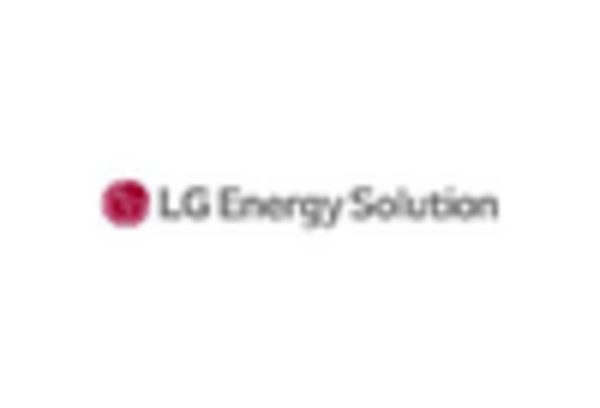
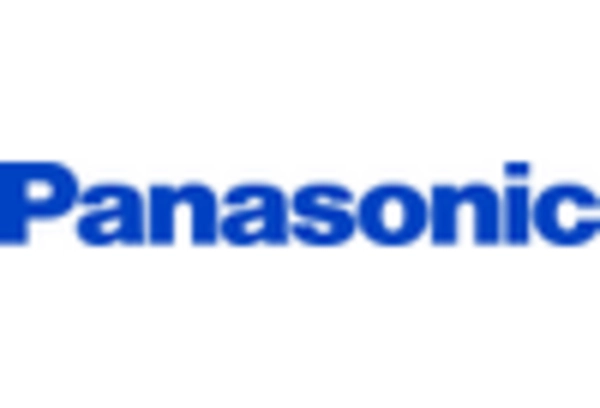
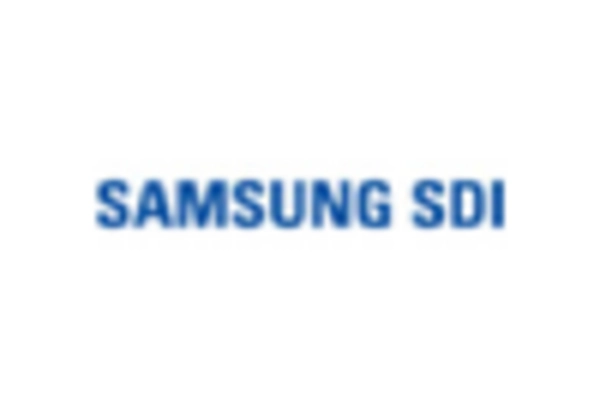

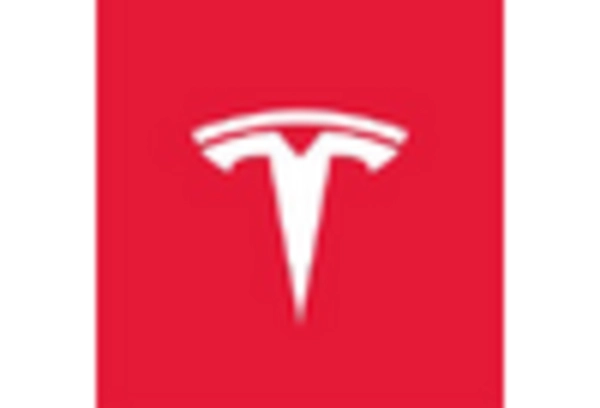








Leave a Comment